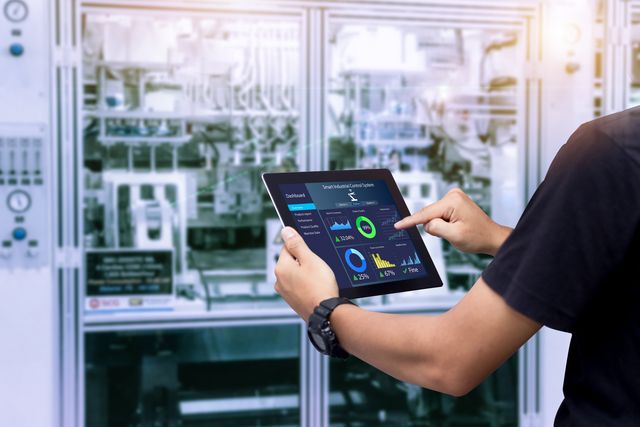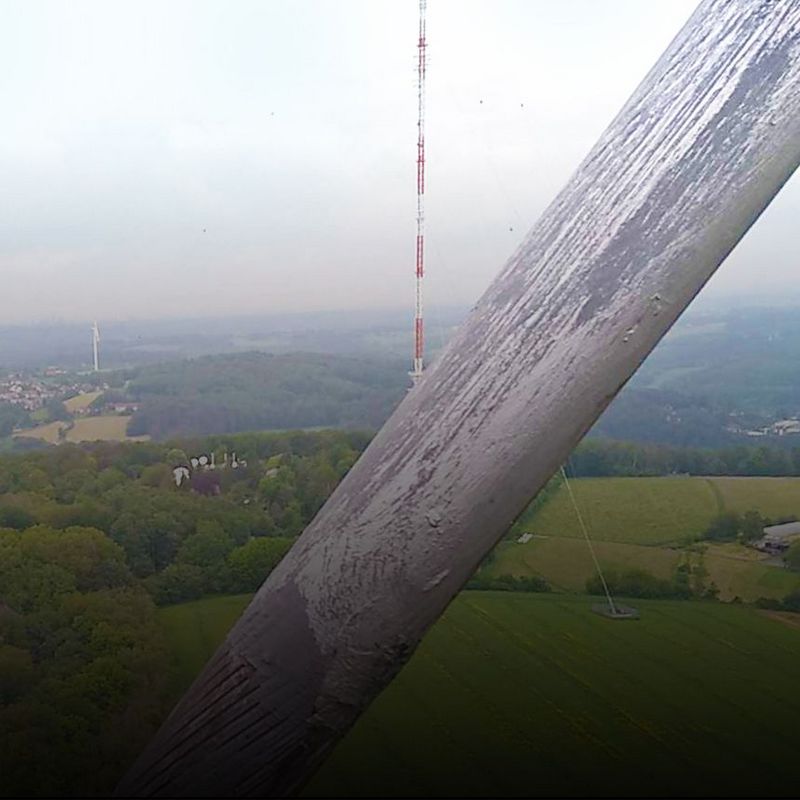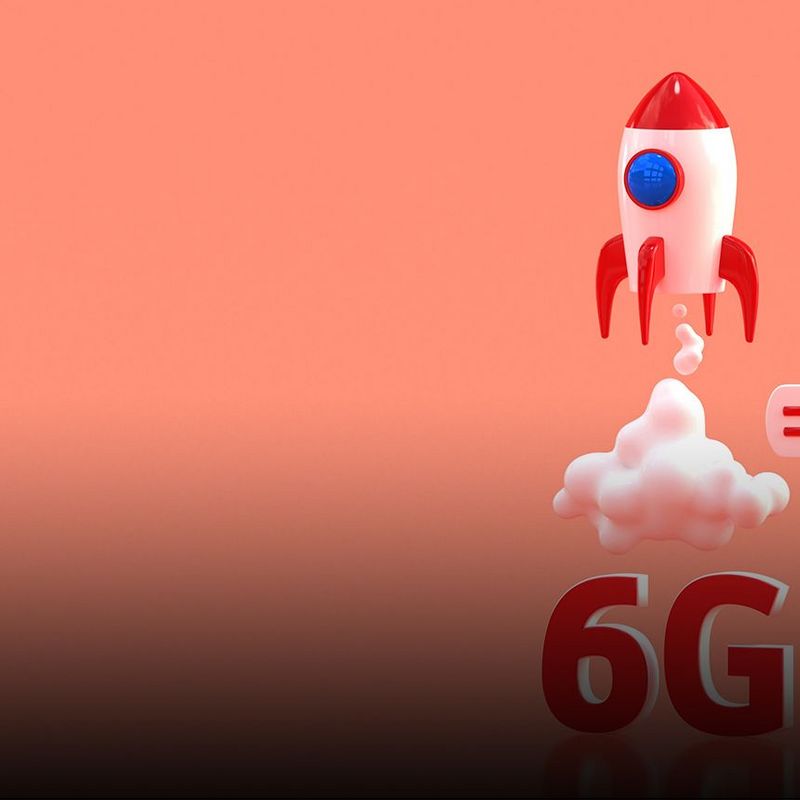21. April 2022
Artificial intelligence (AI) is the sum total of the endeavour to transfer essential aspects of human intelligence to machines. Since there is no binding definition of the term “intelligence”, no generally accepted definition of “AI” has yet been agreed. But what can confidently be said is that, like us humans, computers should be in the position to learn, judge and solve problems independently using data and experience – to continuously improve their performance of tasks.
THINGS TO READ ABOUT KI
Everything about artificial intelligence, how it works, what it is used for and how to check its safety.
Where is AI used?
Artificial intelligence can recognise our face on our smartphone and decode traffic signs on the roadside, steer us safely past traffic jams in cities, give us tips for selling shares or the next must-watch box set on Netflix and, with the aid of Siri, Alexa et al., understand our voices. However, its possible areas of application are far from exhausted. AI can also help in the fight against climate change, support doctors in the diagnostic process and make traffic flows more efficient.
There's no doubting that the climate crisis is real, and it is here. We are all continuing to produce far too many greenhouse gases. According to an assessment by Microsoft and the consulting agency PwC, however, the consistent use of AI could reduce global CO2 emissions by around four percent by 2030. But artificial intelligence also offers great potential for the German Environment Ministry in its efforts to protect the climate and the environment: since 2019, the ministry has been supporting projects that aim to use AI to overcome ecological challenges. In fact, there is already an array of approaches involving the use of AI to improve air and water quality, halt species loss, track poachers and grow cereal crops more sustainably and efficiently.
Our cities are groaning under the burden of traffic jams, exhaust fumes and traffic noise. Read here to find out how AI can be used to predict pollution levels, control traffic lights more intelligently and reduce delays – and what the story is with the intelligent bollards being trialled in Karlsruhe.
At the Associated Press news agency, machines have been creating text alongside their human counterparts for several years: Robotic reporters write reports on such subjects as quarterly balance sheets or corporate share price developments. Algorithms can also report on football matches and write weather reports, stock market news or product descriptions at the touch of a button. Here we have compiled some examples of how computers become copywriters in the first place and what this means for human journalists.
AI will be able to play a major role in more and more areas in the future. And today we have to agree on where we want to draw the security boundaries, which systems we want to allow and which we don’t.
Vasilios Danos, expert for AI security at TÜViT
How does artificial intelligence learn?
The subject of machine learning is suddenly on everyone’s lips. The concept behind it is this: instead of being meticulously programmed for a specific purpose, the machine learns to recognise patterns and laws in pictures with varying degrees of human guidance. We have summarised the different ways in which AI is trained, what can go wrong and how the phenomenon of “bias” can be prevented.
How do you test AI?
The more responsibility we assign to AI, the greater the demands there are on the safety and security of the machines involved. If we’re supposed to let AI drive our cars in the future, it will need to work reliably at all times, and any form of manipulation must be ruled out. Read here to find out which criteria can be used in tests of AI for self-driving cars.
Can AI replace humans?
Computers can do everything better and will eventually render us humans superfluous – this disturbing idea seems increasingly to be being borne out in practice. Artificial intelligence has already shown chess grandmasters and professional Go players the limits of being human. One thing is certain in any case: AI can perform various routine tasks faster and with greater stamina than human workers. Increasingly, however, AI is also being used in artistic fields. In this article, we show how AI is being used in music or painting, for example, and why its creativity still operates within narrow confines.
But even the “intelligence” that gives AI its name is not nearly as advanced as is widely assumed, says Henning Beck. In an interview, the neuroscientist explains the extent to which a toddler would leave every supercomputer far behind and why computer science is still thoroughly perplexed by the complexity of the human brain.
For physicist and neurobiologist Christoph von der Malsburg, too, AI still has a long way to go to catch up with human intelligence. The renowned AI researcher offers some detailed information on the conditions under which AI could develop into “real” intelligence, what dangers would be associated with this and why we need to be regulating AI today.



